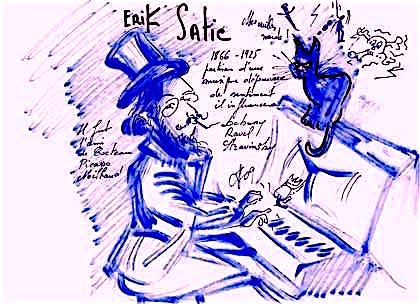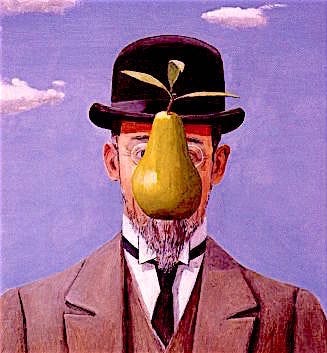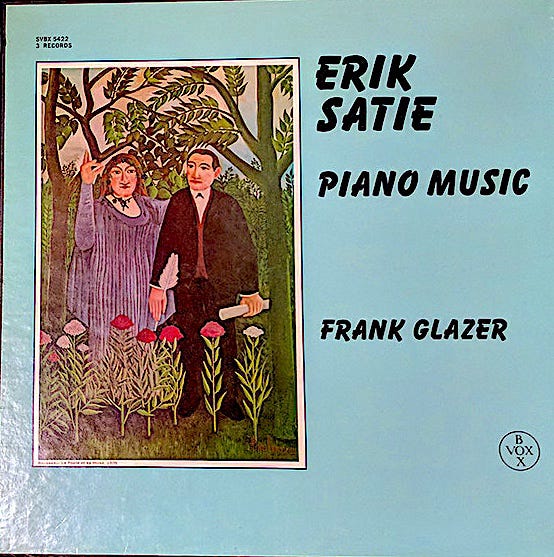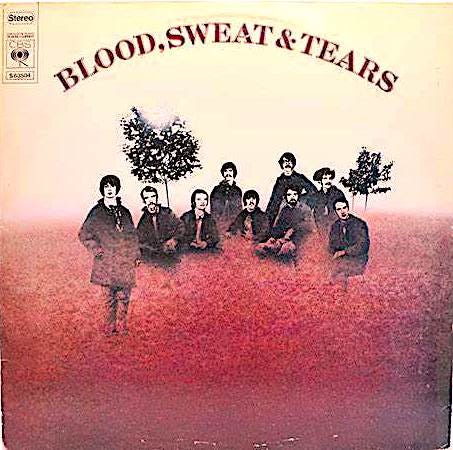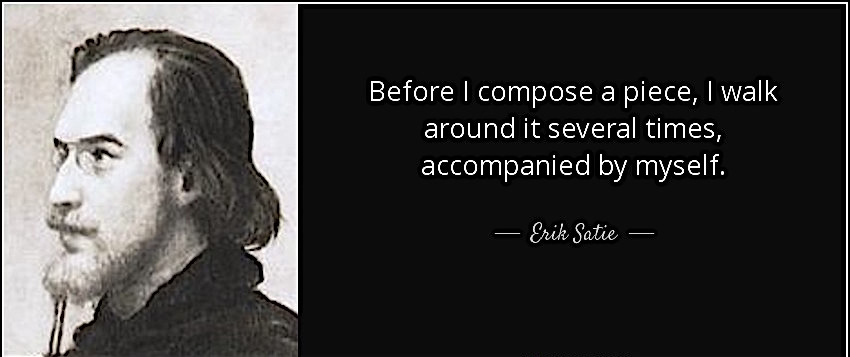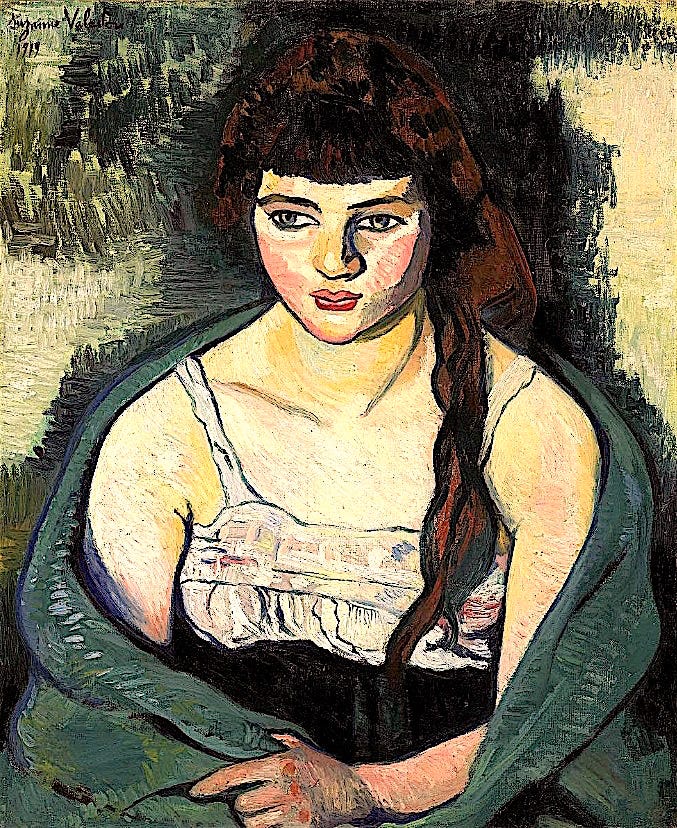Erik Satie: "All this happened to me because of music."
A birthday salute to Satie, Gnosseinnes #1, and The Tears of a Velvet Clown
Odd, funny and romantic things happen when you tune into the world of The Velvet Gentleman, Erik Satie (1866-1925). Rather than mull the debate over whether he was a prophet or leg-puller, better just lay back and enjoy the pragmatic surrealism in the Satie sonique, where lovely and mysterious messages rise from the mundane "ready-mades" of your life. Don't be surprised if people start to read your thoughts, if only the good ones.
It happened to me in San Francisco late in 1979. My then-girlfriend was at a yard sale where she found a boxed LP of Frank Glazer performing Satie's piano works (the Rousseau painting on the front probably caught her eye). She gave it as a present to me, with no clue as to how much Satie has meant to me over the years.
Ten years earlier, in Williamsport (Pennsylvania), I was left to my own devices at a cousin's house. On his 8-track tape player was the 1969 BLOOD SWEAT & TEARS album with Spinning Wheel and their fine rendition of Satie's best-known work, Trios Gymnopedies (Gymnopedies #1 has been interpreted by Steve Hackett, Janet Jackson, Gary Numan, jazz groups, and at least a dozen film scorers). My cousin, who'd gone off partying, had done me a favor.
"Satie indicates a new, untouched road in which each is free to step and leave his footprints as he pleases."—Jean Cocteau
Trios Gymnopedies fit right in with the fountainhead of the late 60s and early-70s, when young artists were mining past obscurities for future treasures. I joined a league of sprites dressed in multi-generational cast-offs as Marx Brothers and Charlie Chaplin films were revived in art movie houses. I studied the art of Bosch, Dali and Escher on new album covers, then listened to the latest Bowie and Genesis songs segued with the Camarata "electronic chamber Satie" records on "hip FM radio." Art and time were in a blender, producing awe-inspiring frappes.
The Velvet Enigma of Satie spoke through artists such as The Doors, Brian Eno and Frank Zappa. Satie's eccentric song title-ing habits and performance suggestions foretold Eno's "Oblique Strategies" and Zappa's freewheeling orchestrations. Where some composers would leave performance instructions like allegro con moto, Satie would suggest playing "like a nightingale with a toothache.”
Satie was a brilliant musician who made elaborate jokes about not being a musician. He was an academy misfit who never wrote for large orchestras. In his life alive, he was a gadfly to critics and traditionalists, and his notoriety wavered. Yet he was always respected by esteemed composers: Ravel, Stravinsky, Milhaud, Poulenc, and Debussy (a close friend of Satie). He wrote in multiple genres (cabaret, chamber, ragtime, tango) and is a key figure of 20th Century Avant-Garde-a precursor of ambient music, atonalism, conceptual art, Dada-ism, impressionism, minimalism and neo-classicism. Darius Milhaud said that Satie, within his body of work, prophesied every major movement in music for the next 50 years beyond his life.
"He was a knowing old card…intelligently mischievous. I liked him from the start."—Igor Stravinsky.
Of Satie's prophecies, he was one of a few (with Percy Grainger) who said that the ability to mechanically reproduce music would change the craft of songwriting-this as Thomas Edison's phonograph, invented in 1887, was still a babe of science. Satie believed that the emotional and the mechanical were equally important to creativity. He practiced reductionism as a countermand to bloated, overdressed composition. Years passed, and the "3-minute pop song" accommodated the 3-minute long 78 r.p.m record. Music today is rarely made without some bridge with technology or computers (Satie was also one of the first to write sound effects into his scores).
"Have you ever tried to clean sounds? It is a dirty process."—Satie
Sixty years before The Beatles and The Monkees played themselves onscreen, Satie was one of the first musicians to "play himself" in the 1924 surrealist film ENTR'ACTE. As a working partner with Jean Cocteau and Pablo Picasso, and a contemporary of Marcel Duchamp and Man Ray, Satie was a pioneer of taking music into multi-media formats.
As an ardent defender and promoter of young artists scorned by the old guard, Satie was an "encouragement engine" to youthful composers and an elder mascot to "Les Six," an important group of young, early 20th Century French composers. In July 1925, Yves Dautun, a 20-something musician who barely knew Satie, wrote a newspaper eulogy:
"Was he touched by the grace of God?...He was a very unassuming man, very bizarre, very sensitive, very amusing, very kind, who lay dying for four months under our grieved eyes, without ever quite ceasing to smile.”
For 27 years, Satie kept an apartment in the drab Parisian suburb of Arcueil. Though he was an outgoing person with many friends, Satie never invited anyone inside his apartment. After his death, friends entered the place, opening a door to strange revelation.
Satie’s friends walked into a dark dustbowl with ragged curtains. They could not reconcile this with the immaculately groomed and clean Satie they knew. His piano was covered in cobwebs; broken pedals held with rope. Did this explain why he did most of his composing in public cafes with nice pianos?
Also found were:
1. Dozens of unheard compositions stuffed in clothes pockets, furniture and behind the piano.
2. Rows of unused handkerchiefs and umbrellas. Did this explain the unswerving answer given to friends who asked Satie what he'd like for his birthday? "I always wanted a handkerchief and an umbrella."
3. All seven of Satie's velvet suits, one for each day of the week, worn during the Velvet Gentleman phase of his youth.
4. His walking stick, which Satie, capable of tantrums and not shy of fighting, used as a club.
5. Hammers, which Satie carried around as a defense against muggers around Arcuiel. Wouldn’t a gun have been handier?
6. Countless drawings of medieval buildings. Did this explain the odd, anonymous newspaper ads promoting "castles of iron?"
Most telling, they found the portrait of Satie by actress/artist Suzanne Valadon, along with every letter and drawing she gave him. She was the only woman Satie proposed to, and the only intimate relationship of his life. Their love story lasted just 6 months in 1893, becoming a theme of plays and modern myth.
The Valadon Affair was an interlude during Satie's first "spiritual phase," when he was taken with "The Rosy Cross" (Rosicrucianism). He believed that an "ignorance of God" lowers human comprehension of aesthetics; to not appreciate Creation is to be immoral. He published his music in threes to reflect the Holy Trinity.
From this phase came Gnosseinnes #1 (1890), a short, haunting and beautiful piece that is comical, simple, soaring and melancholy all at once. In 2006, it was motif for Kitty Garstin/Naomi Watts in the film, THE PAINTED VEIL. If you know the story of how Kitty is transformed from a self-absorbed party girl into an enriched woman, the song is truly hers.
During the 1890s, Greek art was fashionable with the French. Like Trios Gymnopedies, Gnosseinnes #1 is an abstraction on Greek history. The Knossos in Crete was the scene of Ariadne and the Minotaur. The song could have been inspired by a Grecian vase depicting young girls dancing; others say it is drawn from the word "Gnostic" (Satie never said). Written in the Lydian scale, it has a Mediterranean flavor with an oriental overtone. It is not hard to imagine a hologram of Greek girls spinning in the air.
The melody aches with laughter and tears. It is immediately gripping; lyrical with no words, piercing time, reaching back to the sights, smells and even the tactile senses of what was going on in life. Was it that really that much different from now?
The playing instructions for Gnosseinnes #1 are "open your head" and "with astonishment." It was written without bar lines or time signature. There is no "one way" to play it. Pianist Aldo Ciccolini recorded it fast, steady and muscular, while Pascal Roge and Angela Brownridge (my favorite)…
recorded it softly with a lithe, floating rhythm. Said to be Satie's most popular piano work, it is also easy to play, making it that much easier to read the mind of a Velvet Gentleman.
"In art there must be no form of slavery. I have always tried to throw off my followers and keep them guessing…This is the only way for an artist to avoid becoming a chef d'ecole…a pundit."—Satie
My song “It’s in Your Hands”
is a rock-tango adaptation of “Gnosseinnes #1.” My goal was to mingle Satie’s melodicism with influences from glam rock, Nuevo Tango, and Astor Piazzolla. Felipe Torres called the song “elegant” and told me to make it the last track on my album I LIKE THE STREET. Also check out my video for the song, with footage of Satie and his associates:
Our hands can perform great feats: we can build a house, write a symphony, whack a ball into the outfield, or find a cure for a disease. It's in our hands. This is also about the love, resources, and skills that God empowers us with. In other words, I am not afraid to take risks with these skills and abilities, and I am thankful that God gave them to me in the first place—that is my edge, and that is what I learned from Erik Satie.
#ErikSatie #Satie #house #symphony #cure #outfield #God #gnosseinnes #glamrock #nuevotango #piazzolla #street #johnnyjblair #singeratlarge #music




